Whittier
Family annihilator George Hassell was convicted of killing his wife and her eight children by his late brother, and has an appointment with the Texas executioner shortly. While awaiting his last date, George recalled the wife he killed in Whittier in 1917 and the three children he buried with her beneath their little home at 236 South Whittier Avenue. There seemed no reason not to confess this, so today, with some direction from long-suspicious neighbor Myrtle Lark and a little more from the agreeable killer, Constable Bob Way crawled under the house and unearthed the body of an infant. Its mother and siblings soon followed, thus explaining the wretched odors that had long plagued the spot.
In slightly gayer news, the grand new Mayfair Hotel has opened in the Crown Hill district of Los Angeles, providing the ideal vantage point for a drunken oil company exec named Ray Chandler to hole up for days with his secretary while threatening suicide to all who’ll listen.

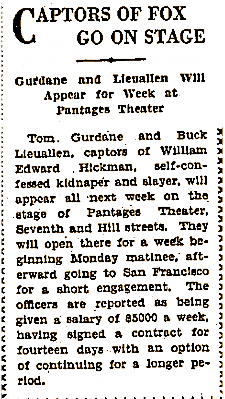

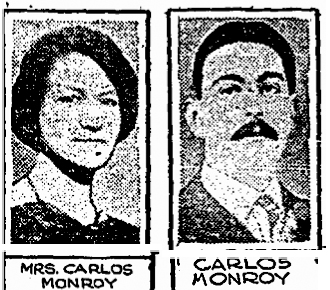




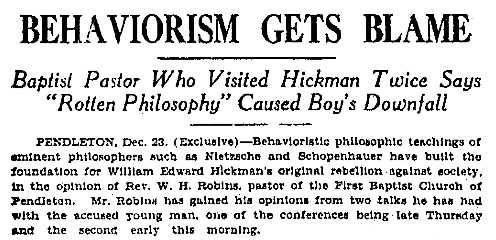


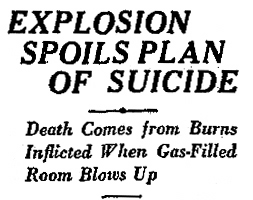 Oh dear, here’s
Oh dear, here’s 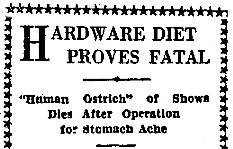 And oh my, it seems one of my favorite attractions of the stage, Sidney Barnes the Human Ostrich, has expired in New Orleans. After complaining of stomach pains, the Homo Struthio underwent an operation to remove a cigar box full of bolts, carpet tacks, razor blades, washers and nails from therein—Barnes did not emerge alive. Guess
And oh my, it seems one of my favorite attractions of the stage, Sidney Barnes the Human Ostrich, has expired in New Orleans. After complaining of stomach pains, the Homo Struthio underwent an operation to remove a cigar box full of bolts, carpet tacks, razor blades, washers and nails from therein—Barnes did not emerge alive. Guess 

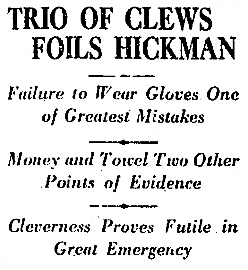


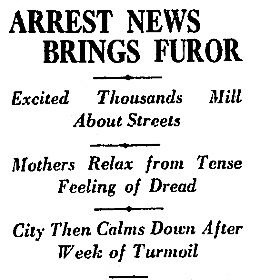
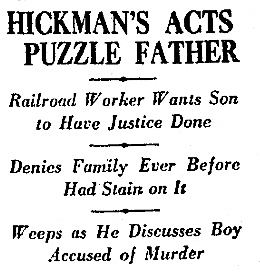
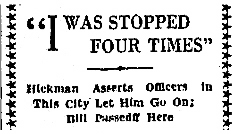

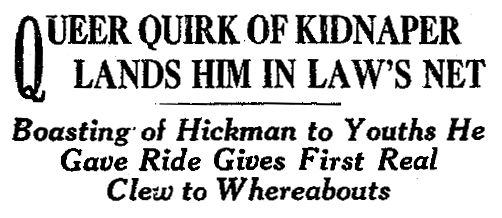



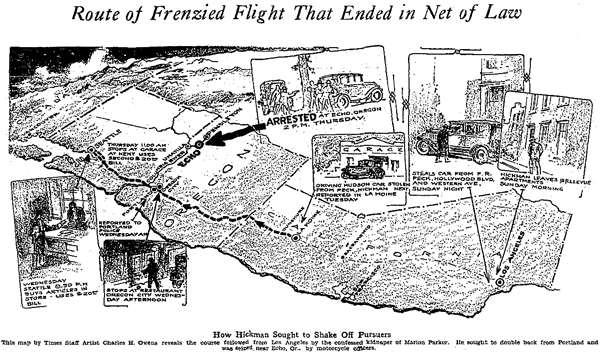


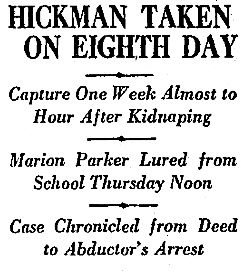
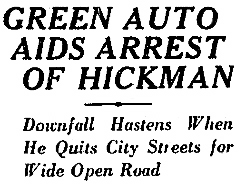


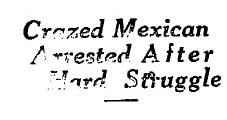

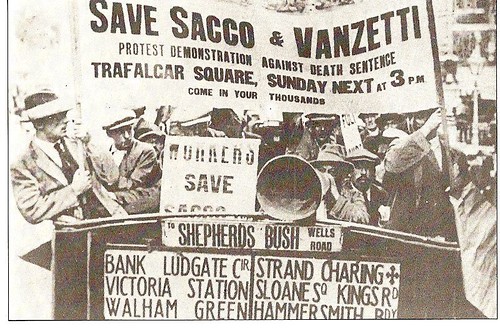 Whether or not the men were guilty of robbery and murder remains a topic for debate. What is certain is that their case was the culmination of the first so-called “Red Scare” which began amid the violence, chaos, and political unrest circling the globe during World War I.
Whether or not the men were guilty of robbery and murder remains a topic for debate. What is certain is that their case was the culmination of the first so-called “Red Scare” which began amid the violence, chaos, and political unrest circling the globe during World War I.